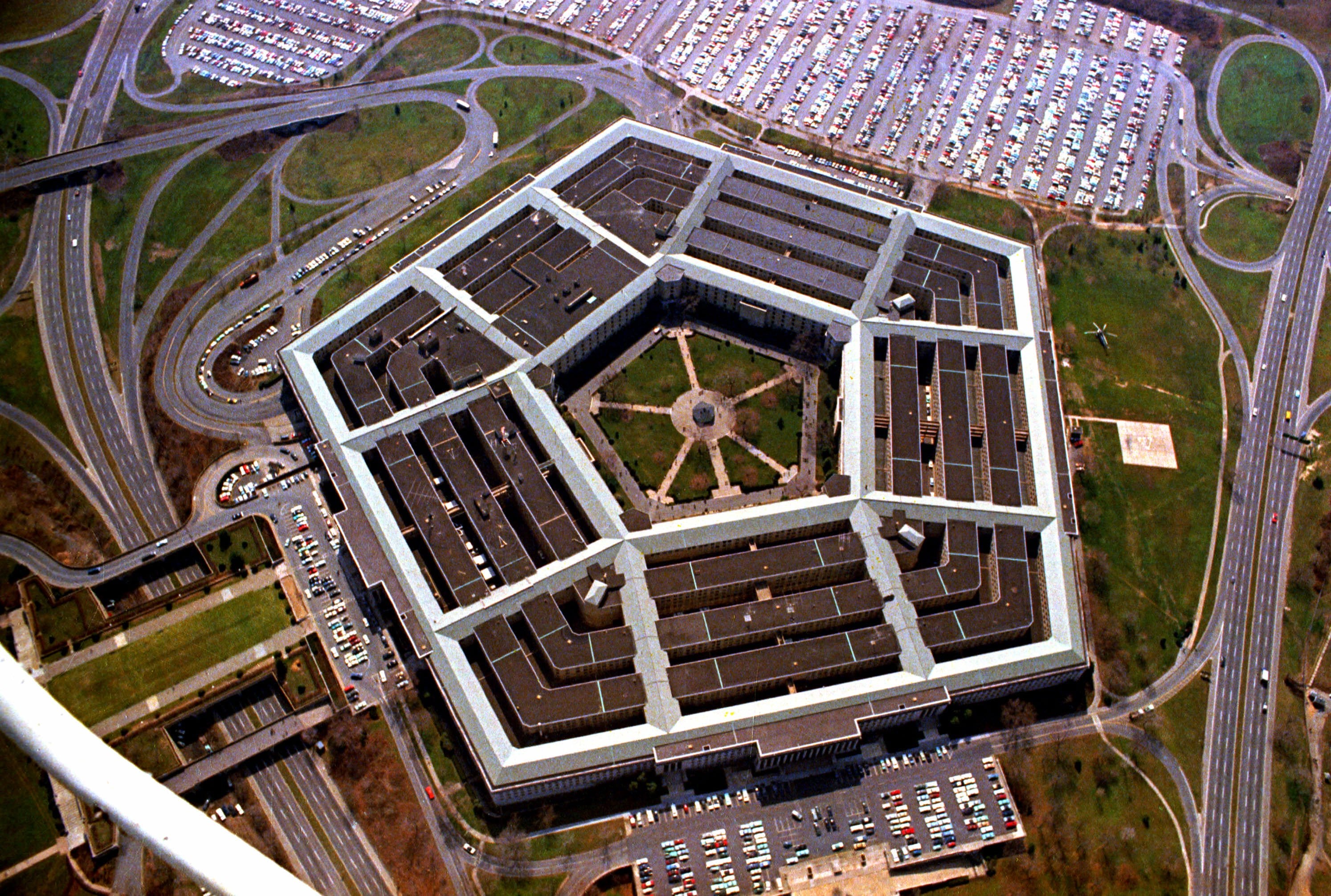As the military is looking to adopt cross-domain or multi-domain approaches to warfighting, why can't they apply similar models taken from the integration of air power into doctrine or other similar advancements? Why is the multi-domain concept different?
This was a question one of the critical players in helping to architect the Army's new multi-domain concept addressed today at the AUSA-hosted Global Force Symposium in Huntsville, AL.
In the past, Gen. David Perkins, commander of Army Training and Doctrine Command, quipped, problems were addressed in isolation. Problems would be broken down by their war-fighting functions and their respective domains, he said.
Upon developing a solution, the force would retro fit these siloed solutions together given they were not integrated, but rather federated. This series of federated solutions, Perkins said, created problems for challenges that arise under the guise of multi-domain battle.
For example, in addressing the threat of unmanned aerial systems, Perkins said, this would have been considered an air defense problem because these systems reside in the air domain. At first, the force was using Patriot missiles to defeat small and cheap commercial UAS.
While the Patriot missiles won the kinetic exchange ratio, which is to say the small drones were no match, using Patriot missiles to defeat hundred dollar drones was not a winning formula in the economic exchange ratio.
What the force is now trying to do differently is consider the multi-domain aspect of a solution from the beginning to prevent the retrofitting that ties them together later on. Something like counter-UAS is a commander's problem, not an air defense problem, Perkins said. As such, they are now looking at things like electronic warfare and cyber to defeat these systems in addition to traditional kinetic solutions.
Taking a multi-functional, multi-domain approach to problems with the intention of developing multi-functional, multi-domain solutions is an approach that can win both the kinetic and economic exchange ratio, Perkins emphasized.
Mark Pomerleau is a reporter for C4ISRNET, covering information warfare and cyberspace.










